Green hairstreak (Callophrys rubi)
Green Hairstreak (Callophrys rubi)
The Green Hairstreak is a small, jewel-toned butterfly that’s easy to overlook—until sunlight catches its vivid emerald green underwings. It’s the only green butterfly species found in much of Europe and Asia and is a harbinger of spring in many habitats.
🟢 Identification & Appearance
- Wingspan: 25–30 mm (1–1.2 inches)
- Coloration:
- Underside: Bright green, often with faint white streaks or dots.
- Upperside: Brown, but almost never seen as the butterfly always rests with wings closed.
- Small tail-like extensions (hairstreaks) are usually present, though subtle.
- Shape: Compact with a slightly angular hindwing.
🌍 Distribution & Habitat
- Found throughout Europe, North Africa, and across temperate Asia to Siberia.
- Prefers sunny, open habitats:
- Heathlands, scrub, grasslands, chalk downlands, woodland clearings, and cliffs.
- Altitude range: From sea level to alpine zones.
🌱 Life Cycle & Host Plants
- Flight period: April to June (may vary slightly with region).
- Broods: Typically one generation per year.
- Eggs: Laid singly on flower buds of host plants.
- Caterpillars feed on a variety of plants, depending on location, including:
- Gorse, broom, bilberry, bird’s-foot trefoil, buckthorn, and bramble.
- Pupation occurs in the soil or leaf litter, where it overwinters as a chrysalis.
🐛 Behavior & Ecology
- Males are territorial and often perch on prominent twigs or shrubs.
- Adults feed on nectar from flowers, including buttercups, violets, dandelions, and bluebells.
- Their green coloration provides perfect camouflage among leaves.
- Flight style: Rapid and slightly jerky, low to the ground.
⚠️ Conservation Status
- IUCN Red List: Least Concern
- Still locally common, but vulnerable to:
- Habitat destruction
- Overgrazing
- Scrub clearance and development
- Conservation efforts often involve maintaining mosaic habitats with scrub and wild plants.
🌟 Interesting Facts
- The green color is due to light interference from microscopic scales, not green pigment.
- Despite being widespread, it’s often under-recorded due to its cryptic coloring.
- In some folklore, spotting a green butterfly early in the year was seen as a sign of good luck.
🧭 Summary
The Green Hairstreak (Callophrys rubi) is a shimmering green gem of spring, small in size but rich in character. With a wide range across Europe and Asia, it thrives in open, sunny spots with diverse vegetation. Though not endangered, its presence reflects the health of wild habitats, making it a butterfly of ecological significance.
Visited 56 times, 1 visit(s) today
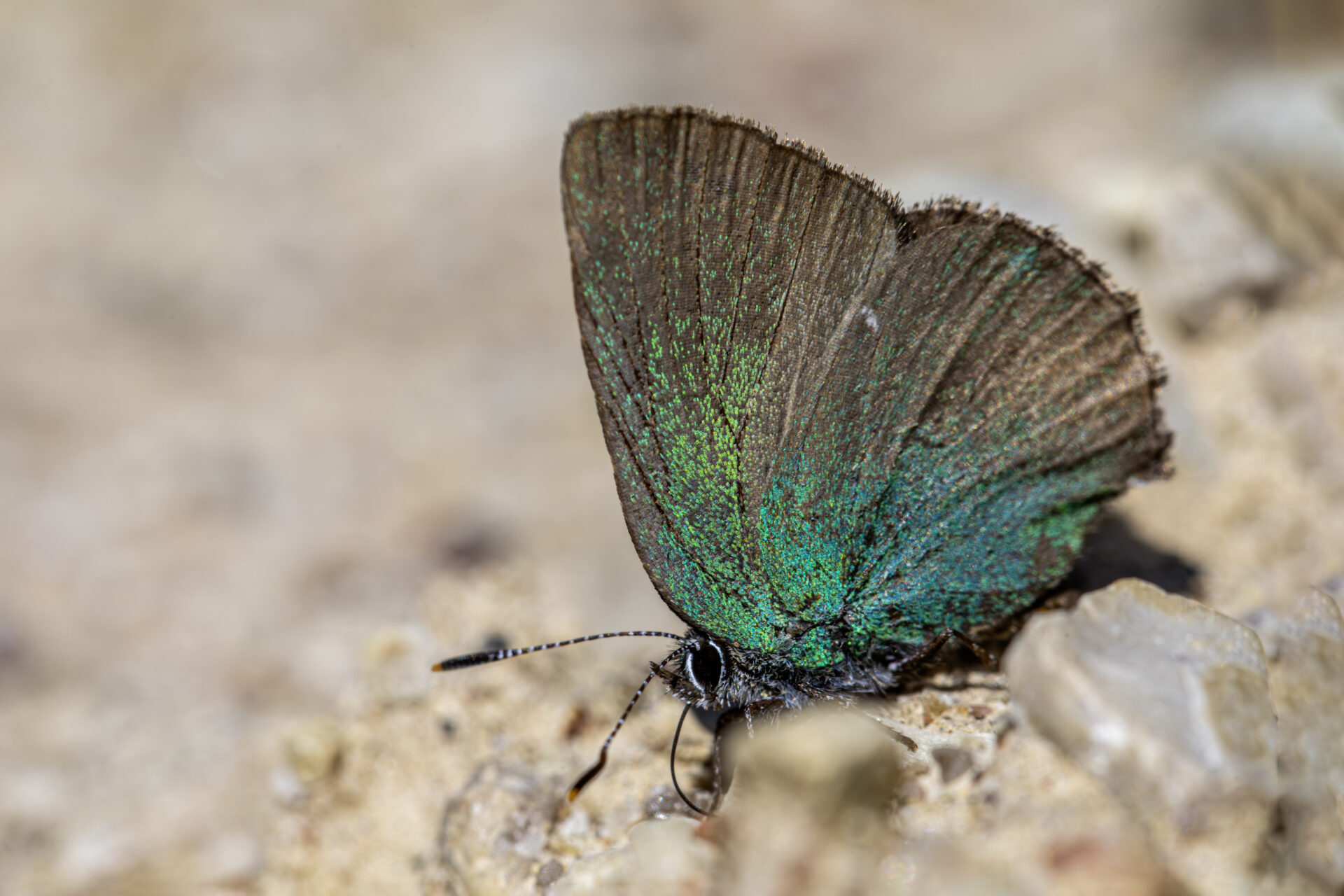
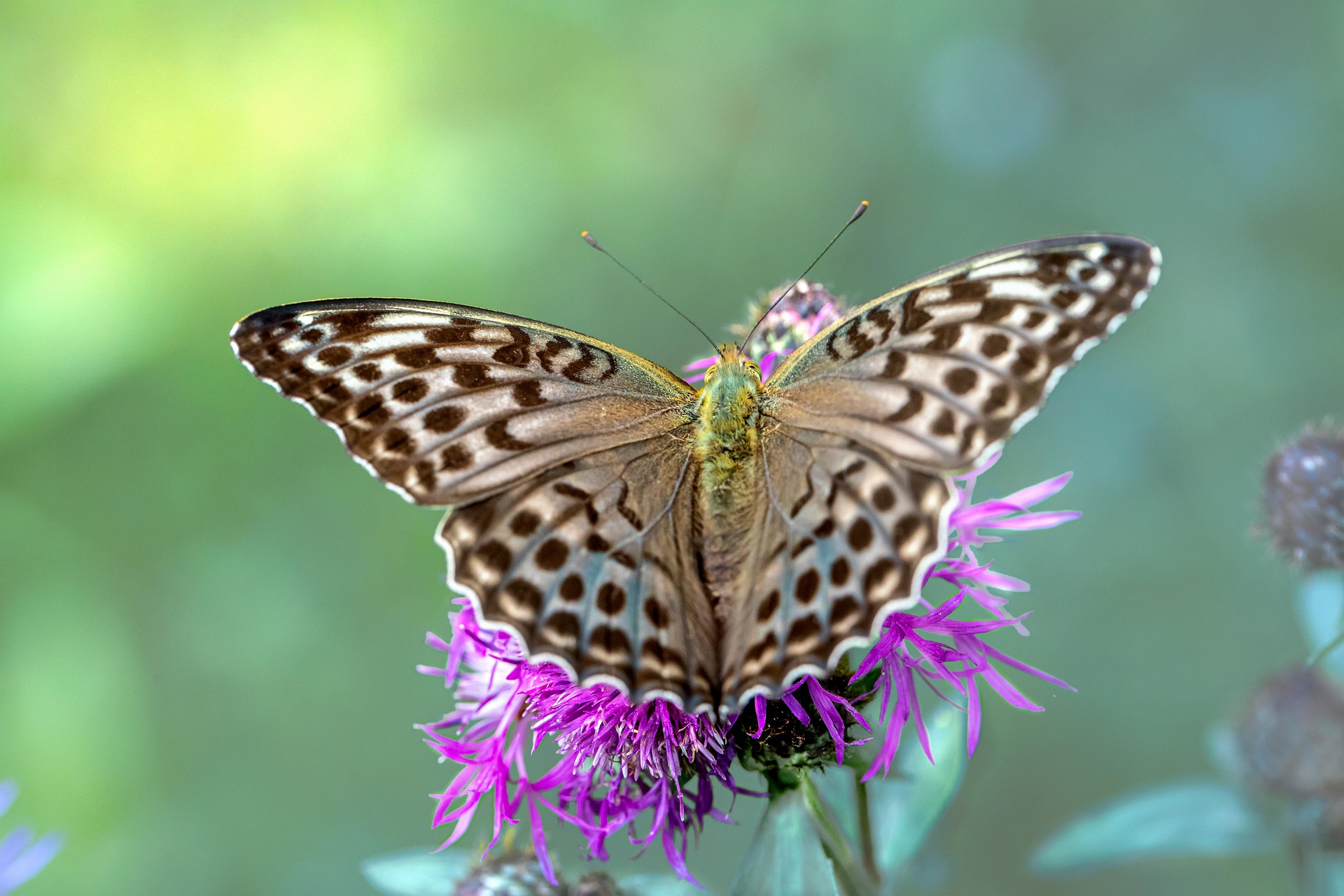

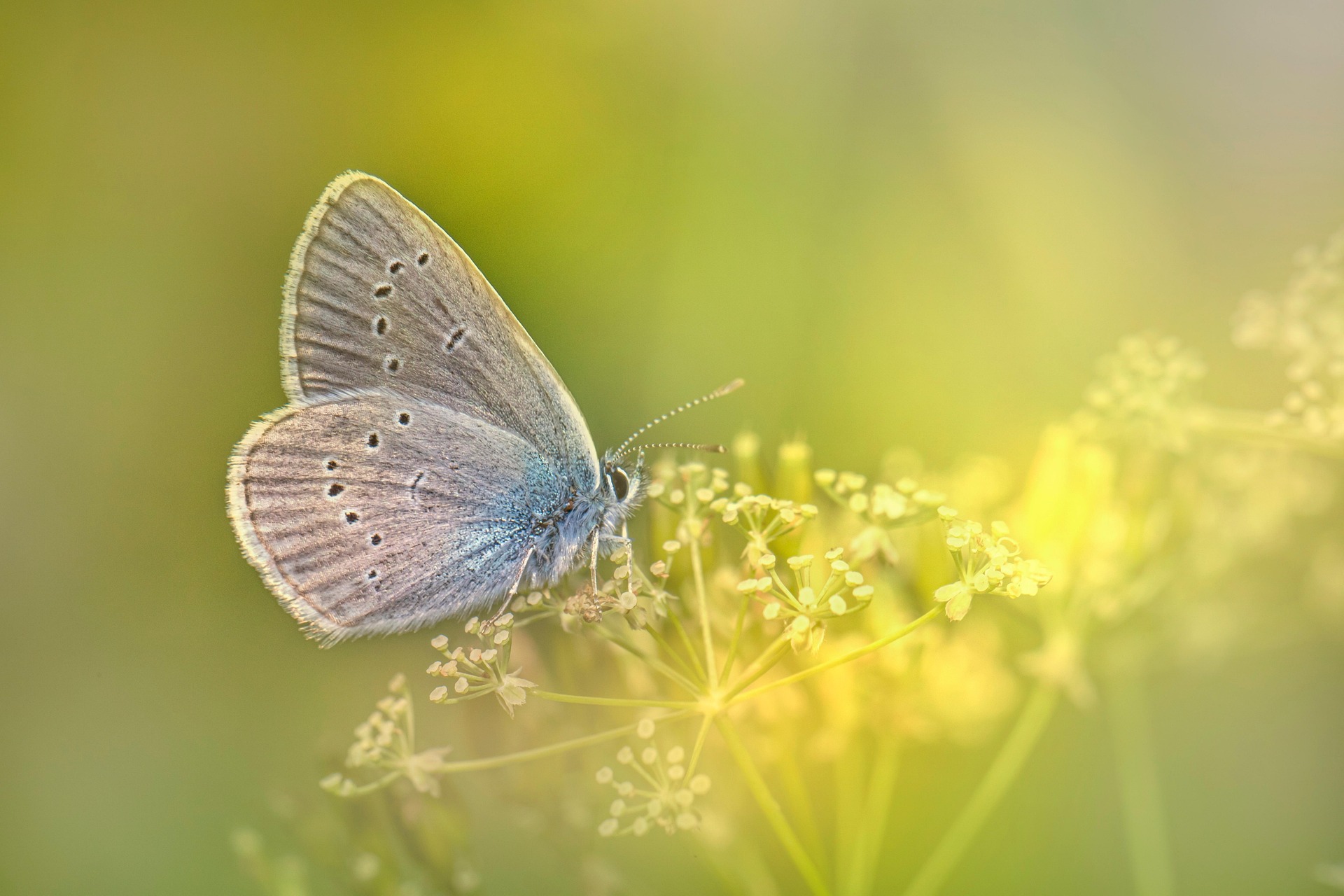
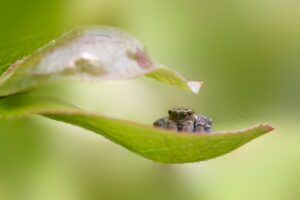
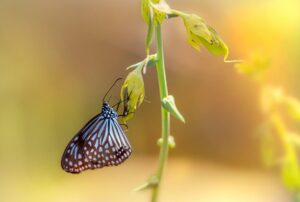
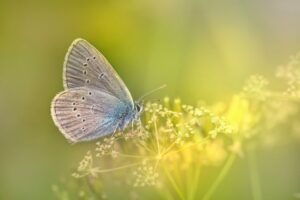
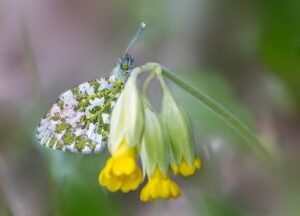
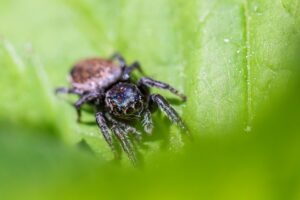
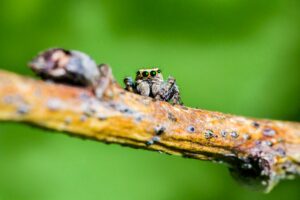
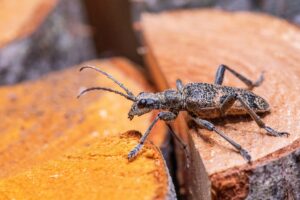
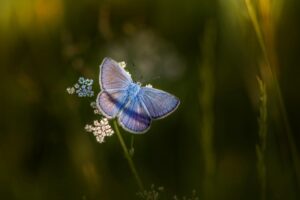
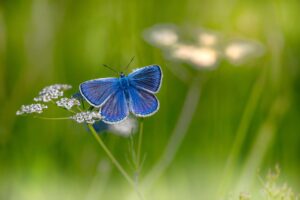
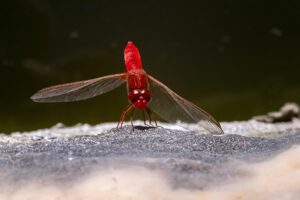
Post Comment